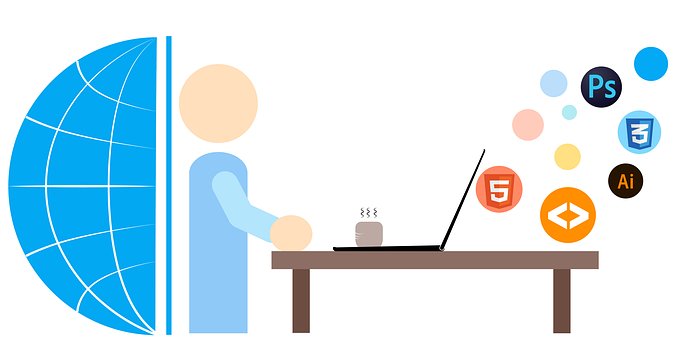When discussing A Tale of Two Cities, one would appropriately find themselves in a classroom, perhaps in a Socratic dialogue. The classroom offers a designated space for lengthy analyses, questions/answers, and periods of reflection. But is this model conducive for software or product training? While the classroom has its advantages for training sessions, such as Sales – evidence shows that classroom training for software implementation is not the answer.
Loss of Productivity
On any given day, office workers can face countless distractions. It is always a moment of triumph when one finds a groove and for an uninterrupted stretch of time, produces high-quality work. Classroom training is just one more unnecessary distraction throughout the day that disrupts any flow of productivity that may have been occurring. However helpful professional development may be in the classroom, that is time and energy not being spent on a potential sale.
Logistical Burden
Aside from the financial burden that classroom training incurs (which we’ll cover next), the energy required to plan the shifts, locations, and teams is unnecessarily taxing. Classroom training requires the payment and alignment for several training sessions while considering the countless schedules of all parties involved. Additionally, the popularity of remote workers adds another logistical factor to consider for an already complicated matter.
Financial Burden
Flights, hotels, food – these costs add up, and classroom training almost always necessitates it. Alternatively, digital training provides a respite for these financial burdens. Consider these case studies:
- IBM saved $579 million within two years of shifting half of their classroom training to digital formats.
- By integrating on-demand training, France saved more than $10 million
- Through digital training, Microsoft reduced the cost per individual from $320 to $17.
Ineffective Methods
While the classroom setting is great for a literary discussion, it simply does not promote informational retention, which is ultimately the goal when training for a new application. On average, adults can retain seven bits of information at a time in their short-term memory. Additionally, studies have shown that approximately a sobering 70% of students forget classroom training information within 24 hours.
Keep in mind, employees are expected to return to their work following the training session, which likely requires a focus on different material. Without follow-up and personal accountability on the employee’s part to review new information, any concept shared in a classroom training session is liable to be quickly forgotten.
Effective Alternatives for Software Implementation
Though classroom training presents an arsenal of complications, product and digital adoption platforms provide an effective alternative to classroom training. Consider Apty, this platform provides real-time training and support within its applications. Features such as Guided Workflows promotes heightened productivity by offering on-the-job training while providing step-by-step instruction. Apty addresses the problems that classroom training presents and offers significantly more effective training through its applications.


